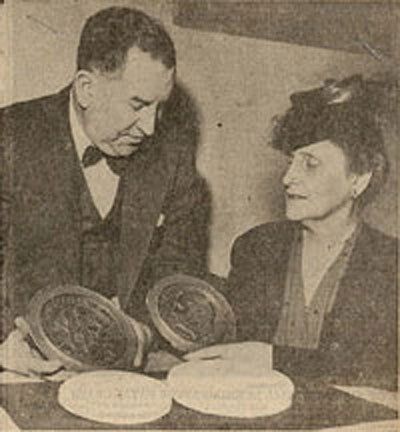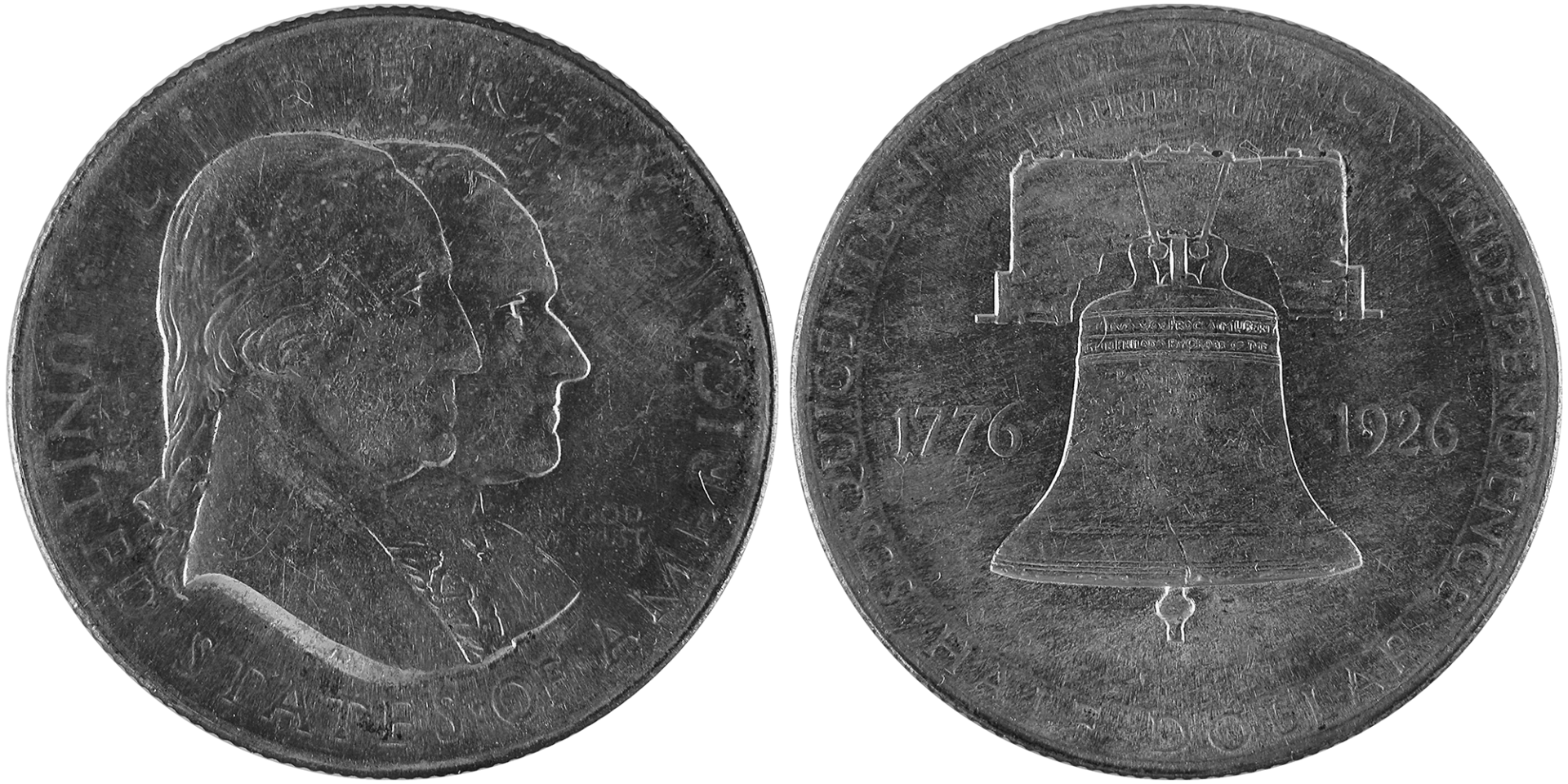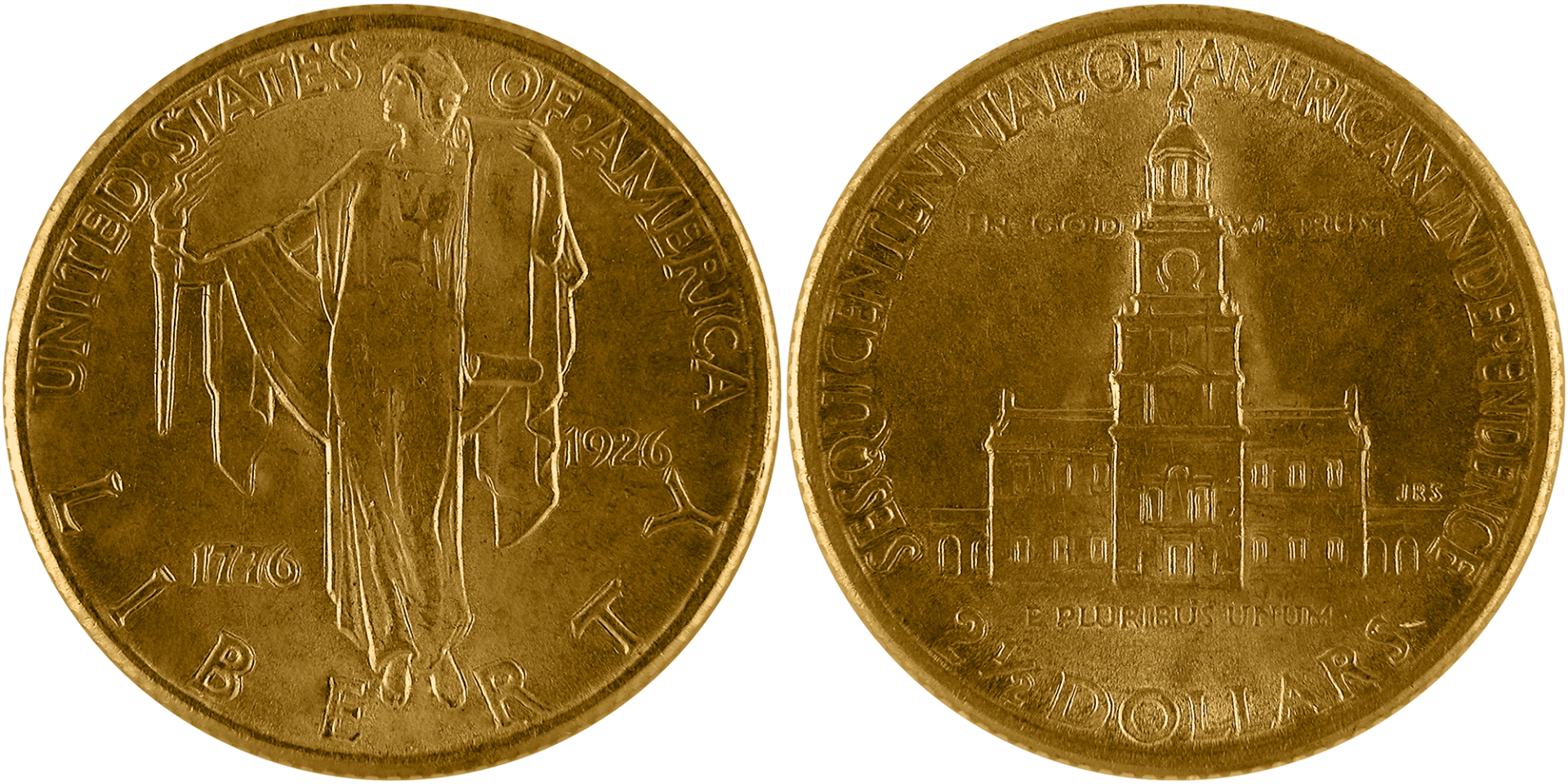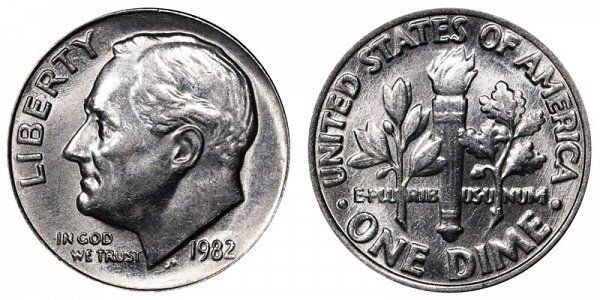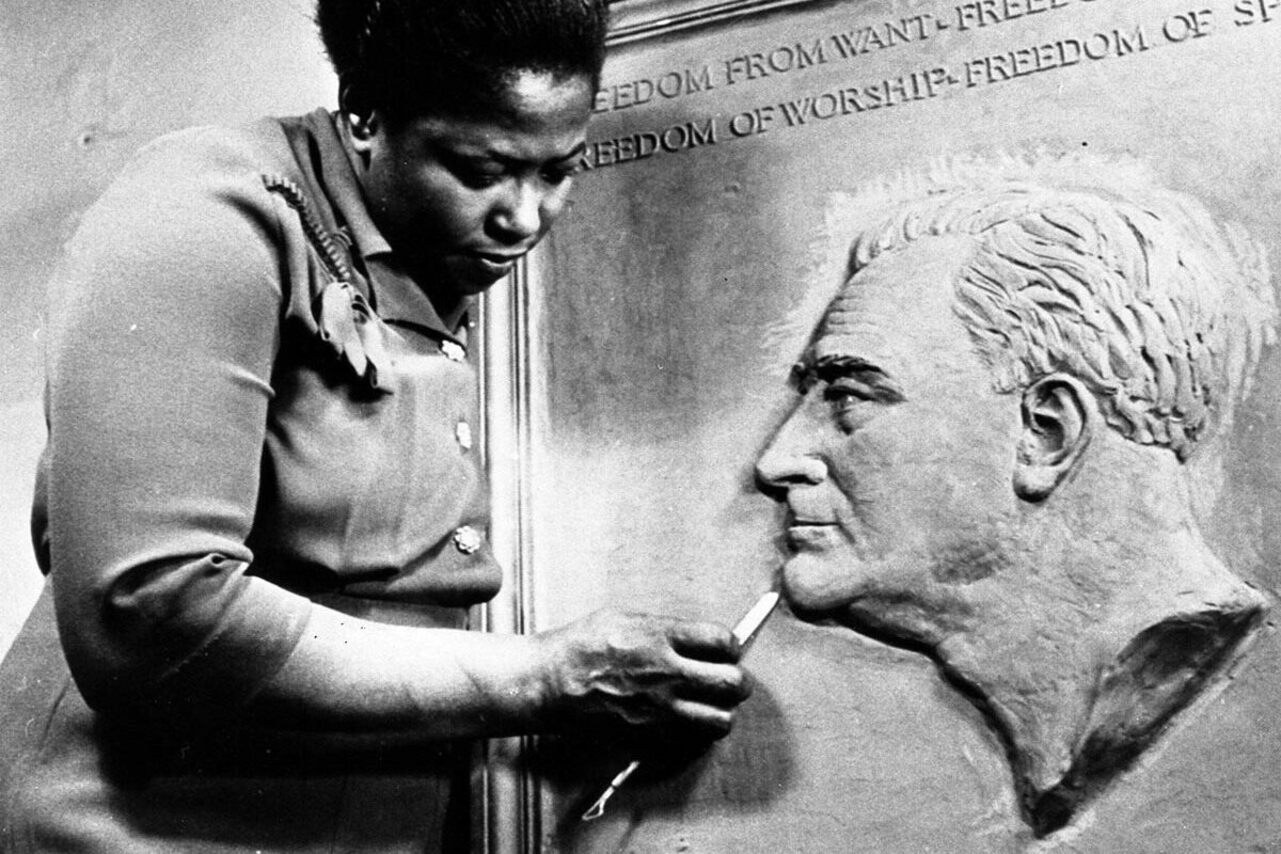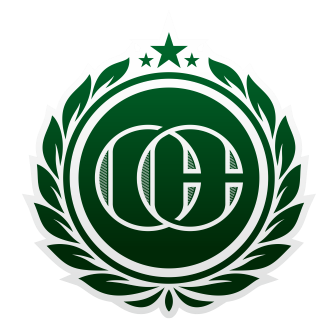Chief Engraver of the U.S. Mint: John R. Sinnock
Eighth Chief Engraver of the United States Mint
John R. Sinnock was the eighth Chief Engraver of the United States Mint. He is most famous for designing the Roosevelt Dime, though there is a bit of controversy around the design, but we’ll get into that later. Sinnock was preceded as Chief Engraver by
George T. Morgan, designer of the Morgan Silver Dollar, and succeeded by Gilroy Roberts, designer of the Kennedy Half Dollar.
John Sinnock was born July 8, 1888 in Raton, New Mexico. As he grew up he excelled in the arts. He attended the Philadelphia Museum School of Industrial Art (now called the University of the Arts College of Art and Design) and earned a degree in “Normal Art Instruction” in 1913, at the age of 25.
He was an art instructor at his alma mater (the school he attended) as well as at the Western Reserve University for 10 years. During that time he built up his name in the art community by being active in a few different groups and clubs.
In 1917, the Philadelphia Mint was looking for a new assistant engraver. Sinnock applied and got the job, working under George T. Morgan. One of his first works was actually a collaboration with Morgan, the commemorative 1918 Illinois Centennial Half Dollar. Morgan designed and sculpted the obverse, while Sinnock designed and sculpted the reverse of the coin.
Shortly after George T. Morgan’s death, John R. Sinnock was appointed Chief Engraver of the US Mint in 1925, 8 years after he started at the Mint as an assistant engraver and medalist.
During his time as Chief Engraver, Sinnock produced a number of coins, such as the 1926 Sesquicentennial American Independence Half Dollar for the 150th anniversary of the signing of the Declaration of Independence. This coin was actually designed by John Frederick Lewis, and Sinnock sculpted it for the coin. Sinnock had originally designed the coin, but it was so disliked that they brought in a different designer.
Despite the fact that Lewis designed the coin, Sinnock took full credit for it. That’s the worst, like bringing a new idea to work and your boss says it was all his idea. Not really a good look huh?
The coin features Presidents Washington and Coolidge side-by-side in profile on the obverse of the coin. This is the first time a President appeared on a coin during his lifetime (It’s frowned upon to feature a living President on a coin, and is now a Federal law that no living person shall appear on U.S. coinage). The reverse of the coin features a depiction of the Liberty Bell.
There were about 1,000,000 of these coins produced, but over 850,000 were later melted down, making it a bit of a rare coin.
As far as coins Sinnock actually did design, he designed the 1926 Sesquicentennial American Independence $2.50 Gold Quarter Eagle. The obverse of the coin features Lady Liberty, draped in flowing fabric, standing on a globe, bearing a torch in one hand and the Declaration of Independence in the other. The reverse of the coin features the historic civic building Independence Hall in Philadelphia, Pennsylvania.
There were only about 200,000 of these gold coins produced, but similar to the other commemorative coin that year, over 150,000 of the coins were later melted back down. Leaving very few for collectors!
The coin that John R. Sinnock is most famous for designing is the Roosevelt Dime. First released in 1946, just a year before Sinnock’s time at the Mint ended. On the obverse of the dime, it features President Franklin D. Roosevelt in profile with the word LIBERTY and the motto IN GOD WE TRUST. The reverse of the coin shows a torch with an olive branch on the left, and an oak branch on the right. The olive branch on the left of the torch symbolizes peace, while the oak branch on the right of the torch signifies strength and independence, lastly the torch represents Liberty.
Now when the dime was first released, there was a rumor that went around the United States that the initials JS on the coin, actually stood for Joseph Stalin! This was during the second Red Scare so people were a bit on edge. The rumor actually ended up resurfacing again in 1948 when the Franklin Half-Dollar was released, which was also designed by John R. Sinnock and had his initials JRS.
The other controversy surrounding the Roosevelt Dime was actually that Sinnock copied the design from a bronze bas-relief by sculptor Selma H. Burke which was unveiled in September of 1945.
Sinnock denied the claim of course, stating that he created the obverse portrait with two studies he had made from life in 1933 and 1934. He claimed he also consulted photos of FDR and had help from two prominent sculptors who specialized in relief-type sculptures.
While the two pieces do resemble each other quite a bit, it’s hard to tell if it’s just because they captured the likeness of Roosevelt, or if Sinnock actually did copy Selma Burke’s sculpture. Sinnock had sculpted a medal of Roosevelt the year before and the dime does bear resemblance to that medal as well.
However, it has become widely accepted that John R. Sinnock was heavily influenced by Selma Burke’s sculpture. John Sinnock passed away on May 14, 1947 and was succeeded in office by Gilroy Roberts.
Check out some of our other articles in our Chief Engravers of the US Mint Series!
- Robert Scot
- William Kneass
- Christian Gobrecht
- James B. Longacre
- William Barber
- Charles E. Barber
- George T. Morgan
- John R. Sinnock

